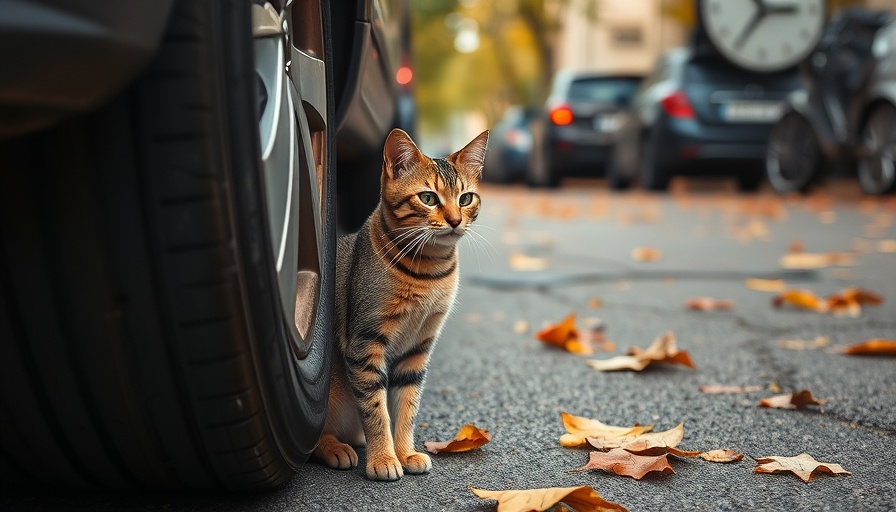
Discover the Adorable Polish Lowland Sheepdog
The Polish Lowland Sheepdog (PON) is a delightful breed celebrated for its shaggy coat and spirited personality. Native to Poland, this medium-sized herding dog has a long-standing history that dates back to the country’s pastoral roots. Known for their intelligence, loyalty, and liveliness, PONs are not only hardworking guardians of sheep but also make cherished family pets.
A Beautiful Coat with Purpose
The Polish Lowland Sheepdog’s impressive, dense coat serves a practical purpose. Bred to withstand the elements while herding sheep in Poland's rugged lowlands, their shaggy fur is not just a charming feature but a shield against harsh weather conditions. Regular grooming is essential to prevent tangles and keep them looking their best, which means pet parents should be ready for some brushing and occasional trimming around the eyes, ears, and feet.
Energy Levels and Engagement: A Happy PON is an Active PON
With a moderate to high energy level, the PON thrives on physical exercise and mental stimulation. Daily walks and playful activities are crucial to keeping them fit and contented. Boredom can lead to mischief, so including games that challenge their intelligence—as simple as interactive toys or agility training—will ensure these clever dogs remain engaged and happy.
Training Insights for Success
Training a Polish Lowland Sheepdog can be both exciting and challenging due to their intelligence and independent nature. While PONs respond well to positive reinforcement, they may also show a stubborn streak. This is where patience and consistency become your strongest allies. Incorporating fun, interactive methods can make training sessions enjoyable, creating a bond built on trust and respect.
Common Health Considerations
The Polish Lowland Sheepdog is generally a healthy breed with a lifespan of 12 to 14 years. However, like all breeds, they can be predisposed to certain health issues. Regular veterinary checkups are essential to monitor their health and catch any potential problems early.
Some common health conditions include:
- Hip Dysplasia: This hereditary condition affects the hip joint and can lead to arthritis if left untreated. Symptoms can include limping or difficulty standing, making early veterinary intervention crucial.
- Progressive Retinal Atrophy (PRA): While rare, this genetic eye disease gradually deteriorates eyesight and may lead to blindness. Awareness of symptoms can prompt early consultations with your vet.
Conclusion: A Loving Companion Awaits
The Polish Lowland Sheepdog is a remarkable companion that can bring joy and energy to a household. With the right blend of care, affection, and structure, these adorable dogs can become a cherished part of your family. As you consider welcoming a PON into your home, remember that their needs for activity, training, and health care are vital to a happy life. Ready to learn more about what it takes to care for this charming breed?
 Add Row
Add Row  Add
Add 




Write A Comment